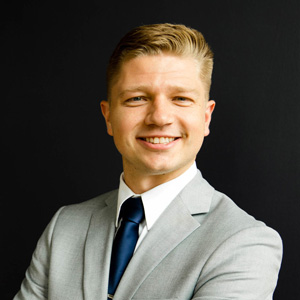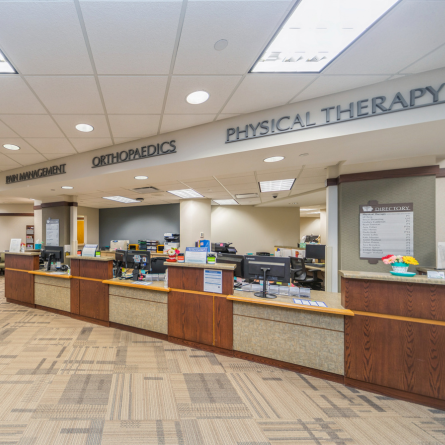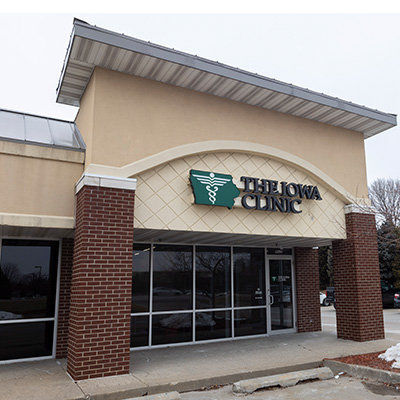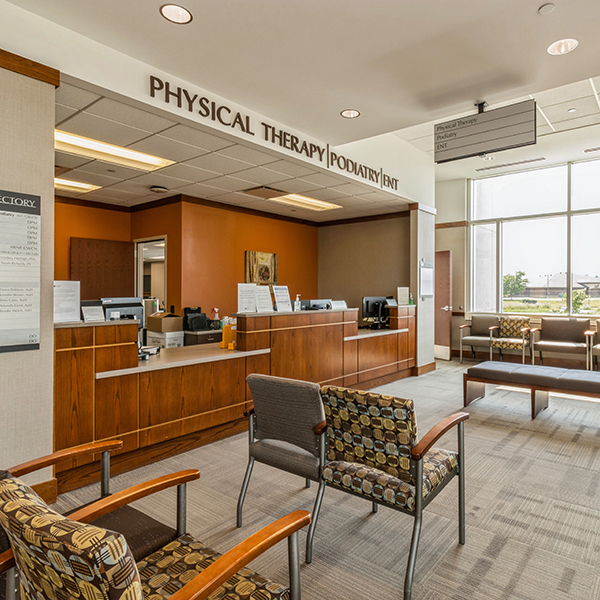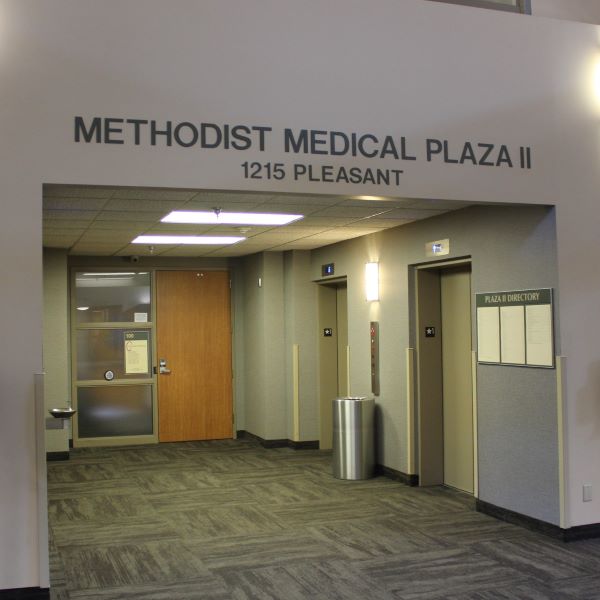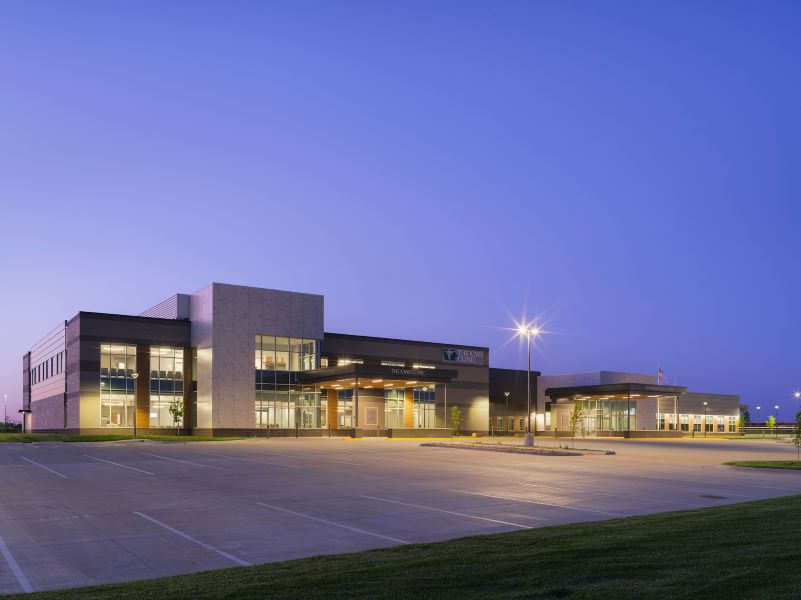What is vestibular therapy?
Vestibular rehabilitation therapy is the treatment of imbalance, dizziness, vertigo and other issues that originate in your inner ear, which provides your sense of balance. It’s a special type of physical therapy that requires extensive training in the problems that affect the vestibular system. There are many different treatments in vestibular therapy, each designed for specific diagnoses and health needs.
Why do I need vestibular physical therapy?
If you’re struggling with your balance or sense of place, there may be something wrong with the vestibular system. Dizziness or vertigo (where you feel like you’re spinning or moving) are among the most common signs of vestibular issue, but you may also experience:
- Whooshing sensation
- Trouble focusing your eyes on an object
- Brain fog
- Headaches
- Nausea
One of the most common conditions treated by vestibular rehab therapists is benign paroxysmal positional vertigo (or BPPV). It’s one of the most common types of vertigo, causing mild to intense dizziness and spinning sensations. Other conditions treated by vestibular physical therapists include concussions, vestibular migraines, stroke, multiple sclerosis and Meniere’s syndrome.
What should I expect from vestibular rehab?
Most people think of the specific maneuvers used to treat dizziness and vertigo. But there’s a wide variety of vestibular therapies that can improve those symptoms as well as balance.
Before treatment can begin, your vestibular physical therapist must identify the cause of your symptoms. They’ll assess your balance, gait, strength and flexibility. They may also try to recreate your symptoms by putting you in a position that makes you dizzy, having you wear goggles that affect your vision or throwing off your balance. After this initial evaluation, your vestibular therapist will determine the most effective treatments for you:
- Balance exercises to reduce your risk of falls in case vertigo strikes unexpectedly
- Gaze stabilization exercises to improve your vision and help your eyes focus as you move
- Neck stretches improve range of motion and relieve tension causing headaches and other issues
- Posture education to align your head, neck and spine to relieve pressure
- Repositioning maneuvers to correct issues in your inner ear that contribute to dizziness and vertigo
Most vestibular treatment plans last four to eight weeks, with visits once or twice a week. Home exercises may be prescribed to help resolve your symptoms faster or retrain your brain to adjust to and process movement.
What results will I see after vestibular rehabilitation?
The goal of vestibular rehab is to resolve your dizziness, vertigo and other symptoms quickly. But it can be tricky. For some, one repositioning maneuver does the trick, and all their symptoms go away. For others, the dizziness and vertigo are much harder to shake, and the treatment plan is more about symptom management than completely curing the problem. Most people who receive vestibular therapy and continue with prescribed exercise on their own see improvement in symptoms, balance, vision and strength.
The true measure of success from vestibular therapy is how you feel. Your PT will work to make sure vestibular symptoms don’t affect your quality of life and prevent you from doing everyday activities.
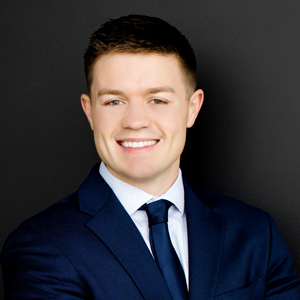

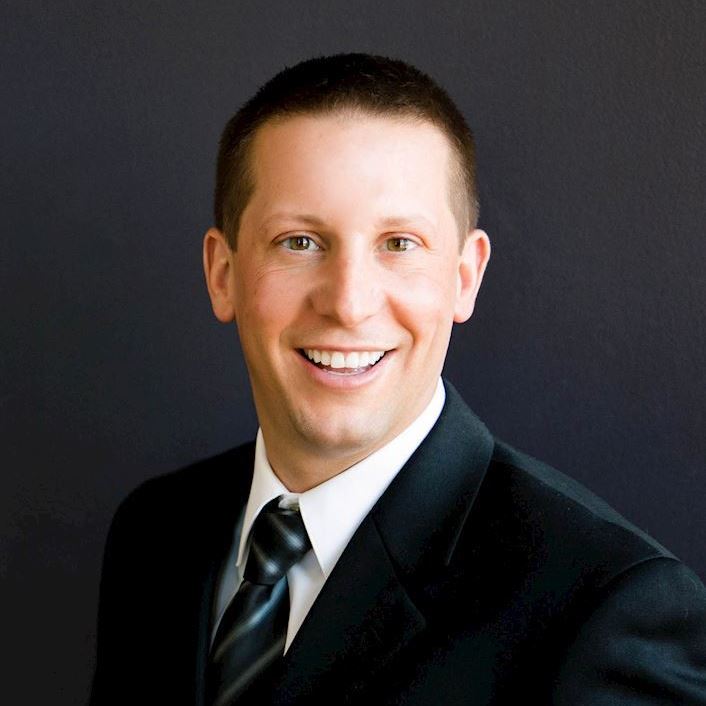
.jpg)
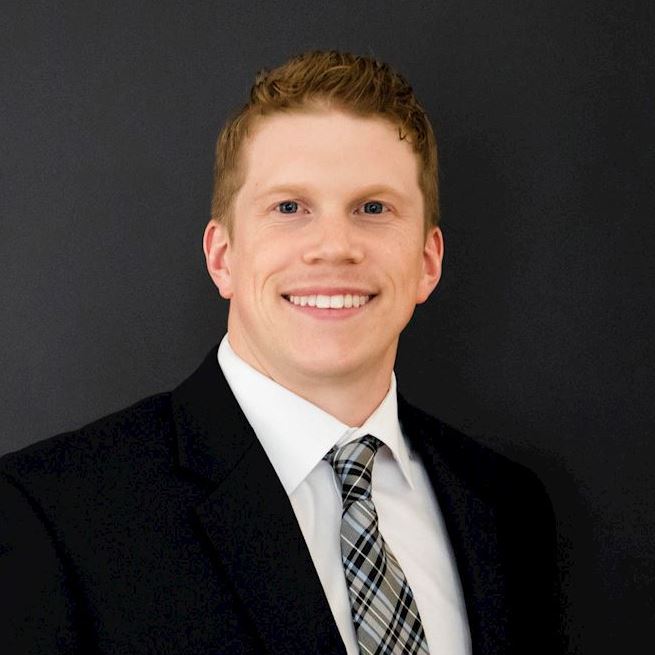

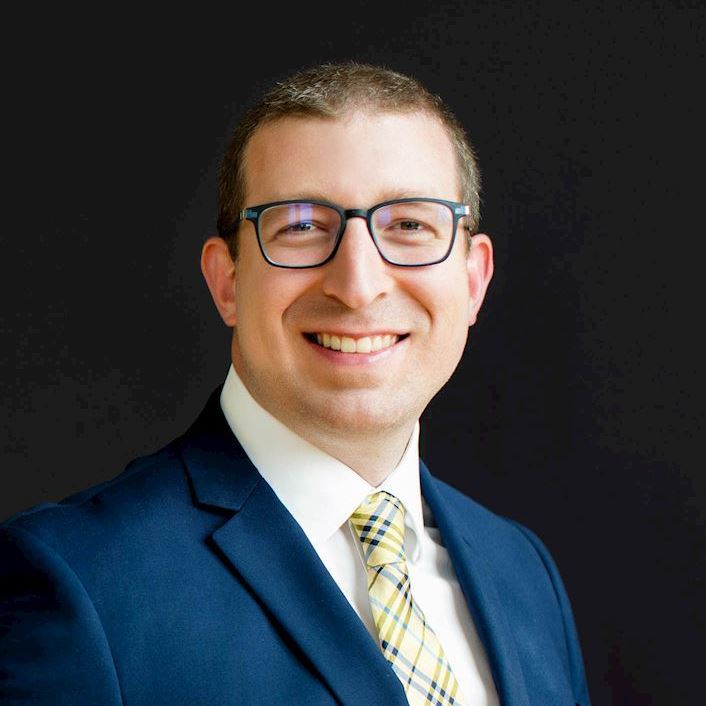
.jpg)

